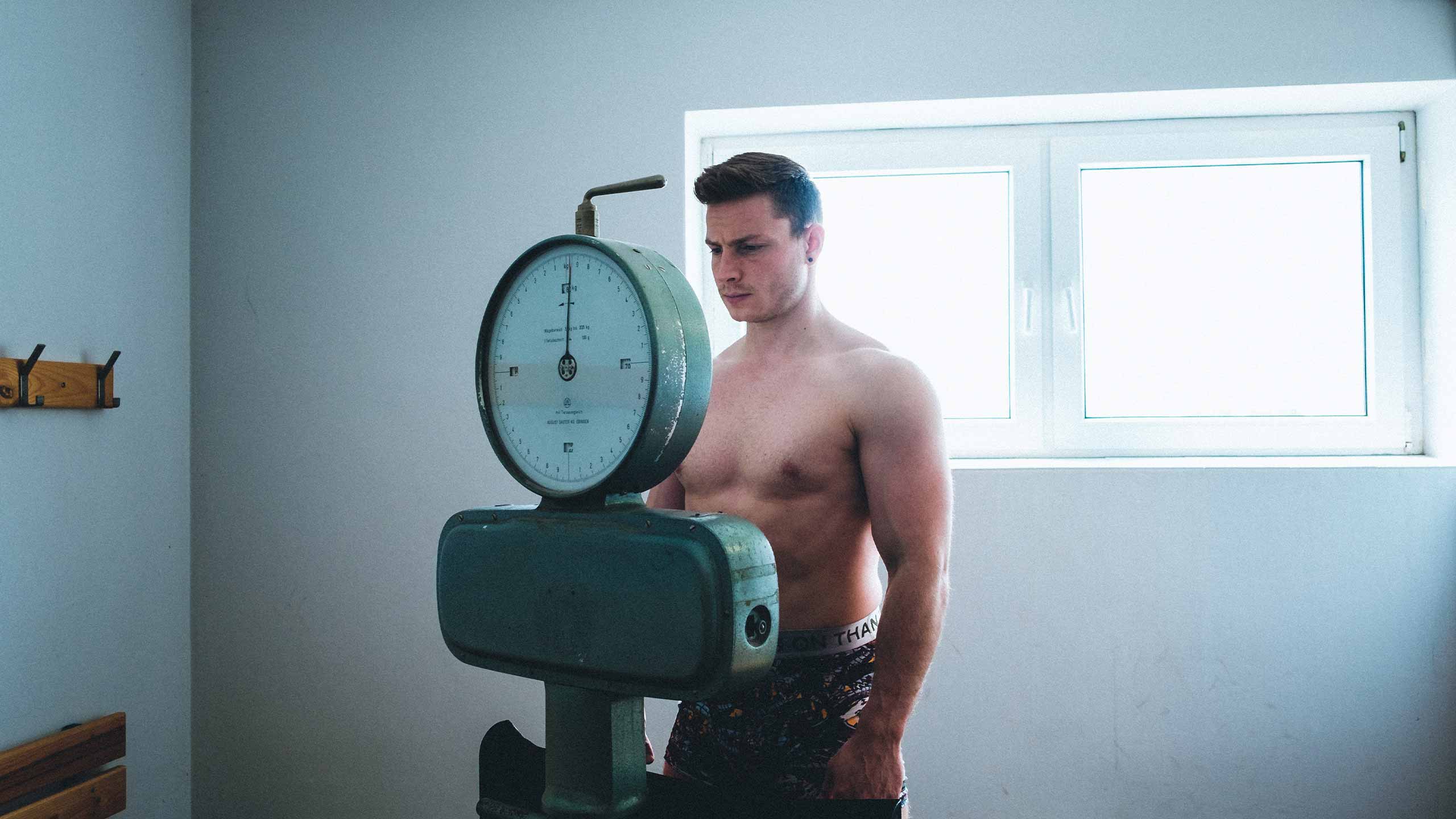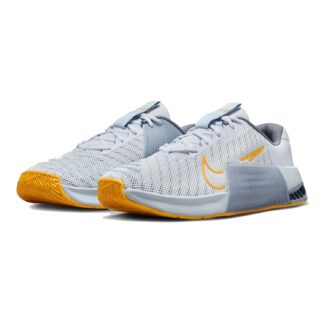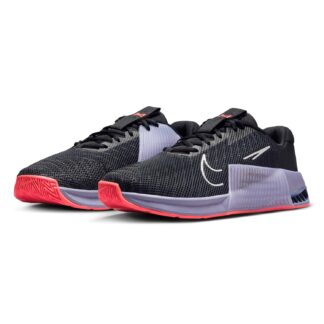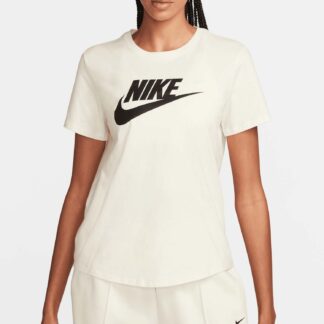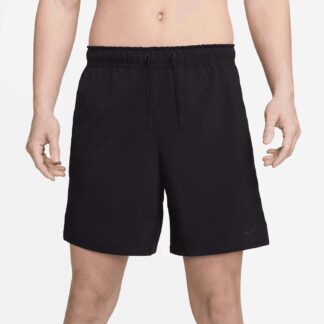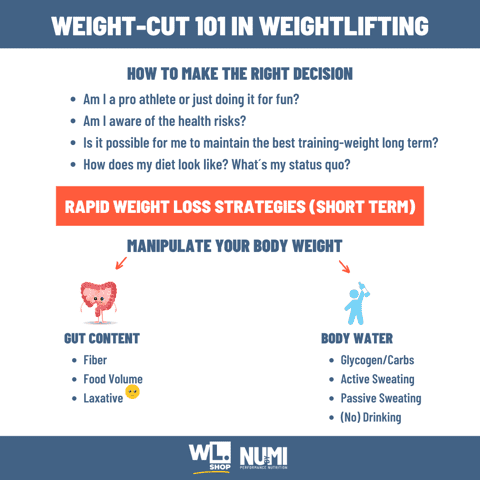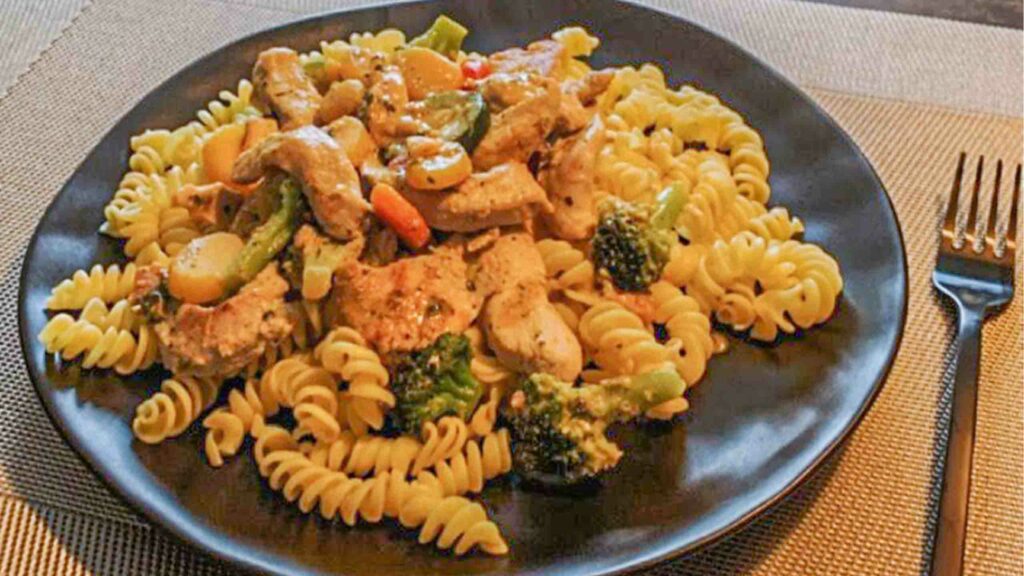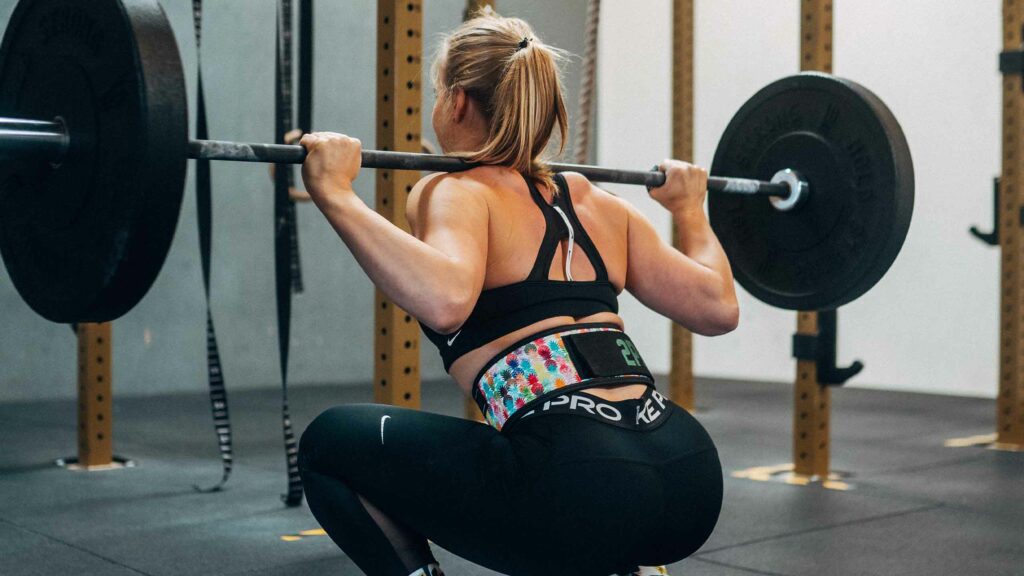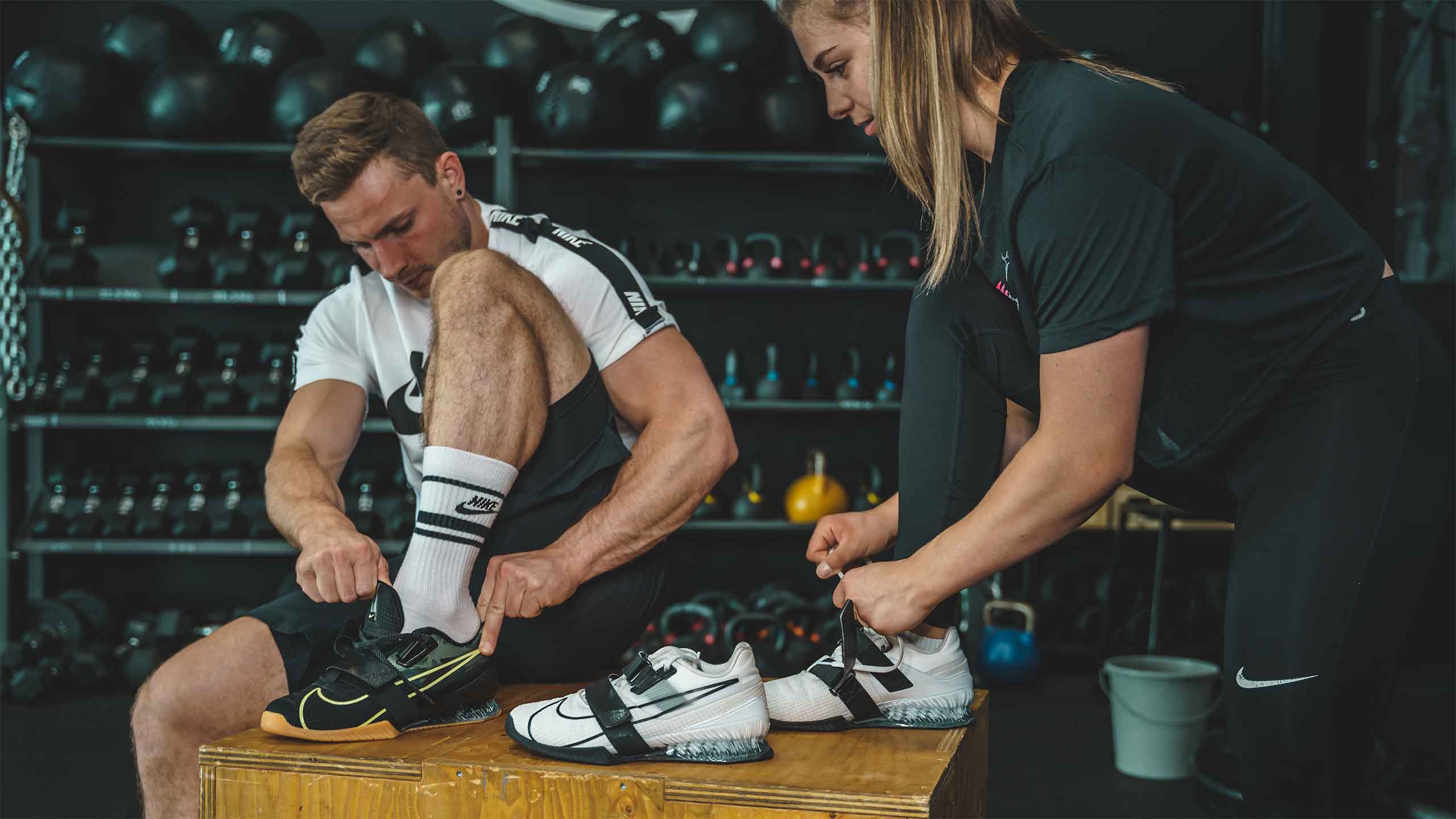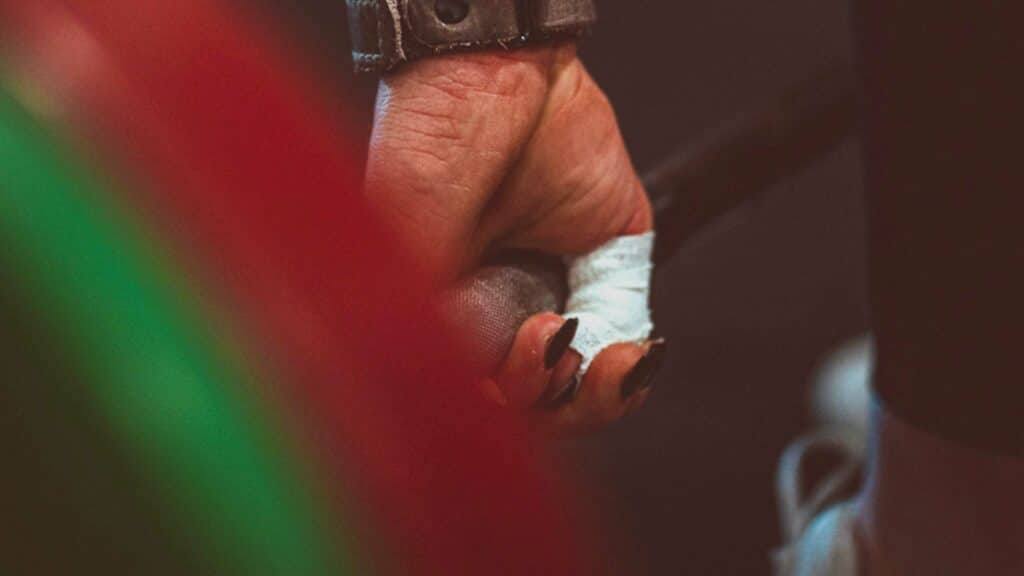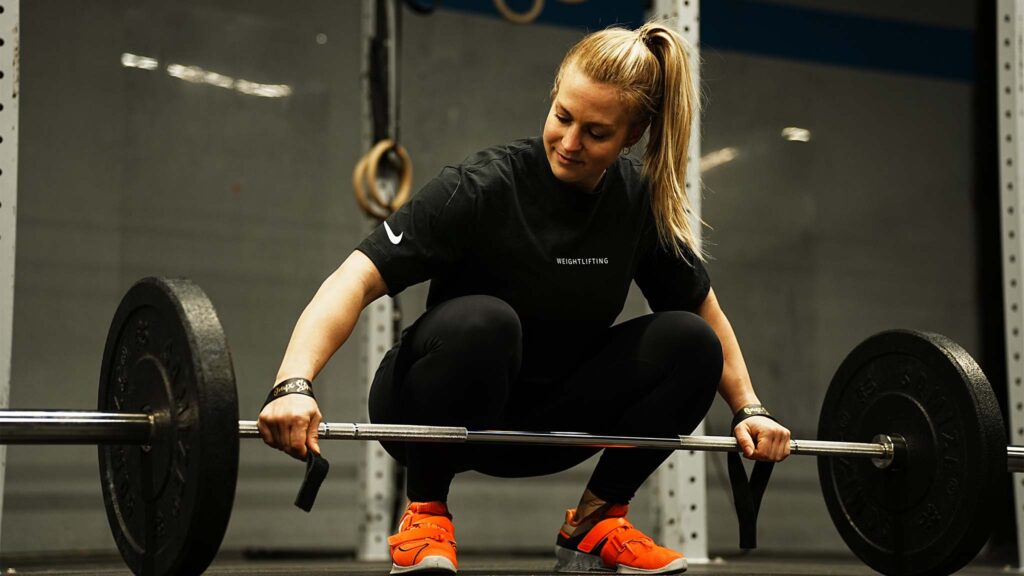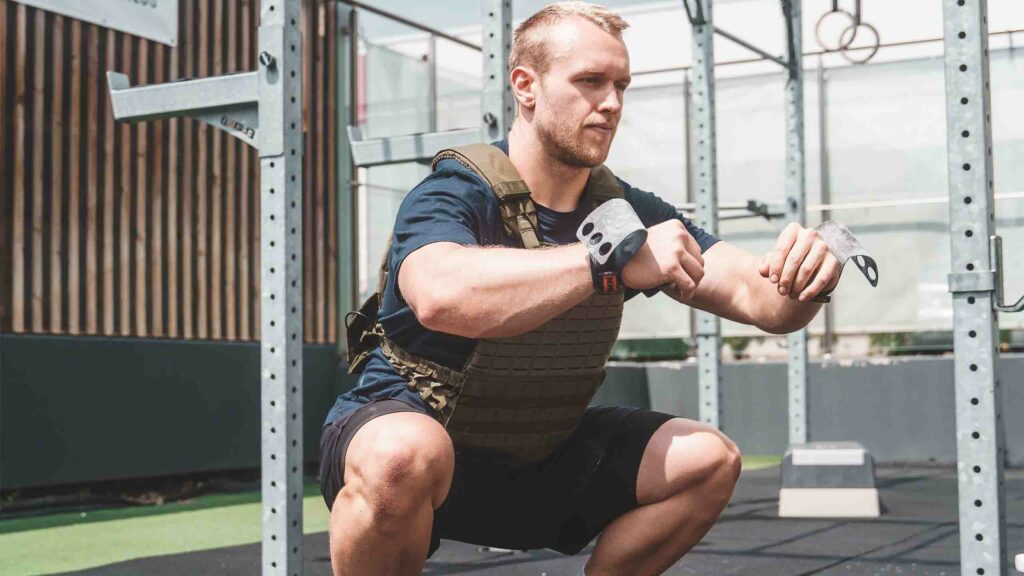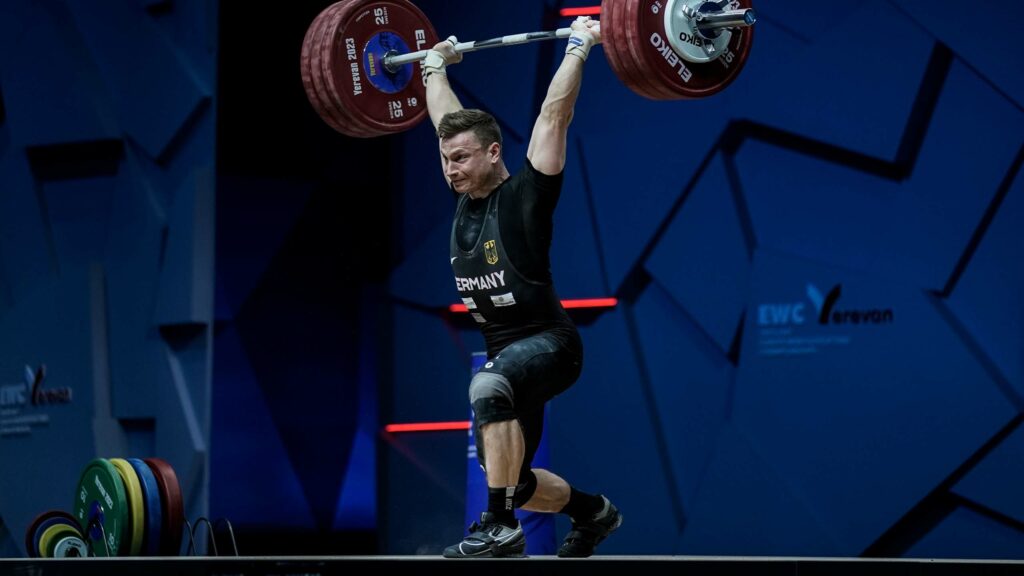The following article is deliberately kept as a commentary rather than as scientific one – the aim is to ensure that in the end really every athlete gets the message. Please note: If you are not a strength athlete (e.g. MMA) other requirements apply. The following points sum up my previous experiences and research of scientific studies/sources.
Many strength athletes strive to be in the optimal weight category for their body to be able to perform the best they can.
1. Initial Thoughts
Let’s say you have just started weightlifting and you are still able to decide which weight category you want to compete in. One thing is for sure: Every weight cut hurts somehow.
First I would strongly recommend to ask yourself the following questions:
- Why do I practice the sport? for fun/as a pro?
- How easy can I keep my natural bodyweight (see 2.)?
- Do I have to expect health restrictions?
- What would I gain by struggling down to a lighter weight category?
- Is it easier for me to choose the lighter weight category because I can still lose some body fat?
Every athlete who has a full-time job and is not a professional athlete should think twice how easy it is to “drop weight”. In many cases, a weight cut means unnecessary strain and failure for the athletes.
On the other hand, choosing a lighter weight category can be exactly the right thing for a professional athlete as this can make the difference between a podium finish and a mid-field finish. (European and World Championships, Olympics)
[adrotate group=”5″]
2. Natural Bodyweight vs. Competetion Bodyweight
Yes, there are 1000 different options to manipulate the body weight at short notice. If all else fails in the end, the laxative will do the job – but this should rather be the last choice.
In weight category sports, the time between weigh-in and competition is usually 1.5-3 hours, which means that athletes do not have much time to recover from a rapid weight loss. Meaning: The shorter the time between weigh-in and competition, the smaller should be the difference between natural and competition bodyweight.
Differences of +1.5 – 3kg above the weight-category are feasible values – without causing major regeneration deficits on the platform itself.
Since the major part of the weight drop is due to the reduction of body water (laxatives not considered), my above mentioned argument can be well proven:
Under point three we will take a closer look on dehydration – however, it should be mentioned that in principle no more than 3% dehydration is recommended as long as there are less than 24 hours between weigh-in and competition. A complete regeneration from weight drop seems to take 24-48 hours at more than 2%. In contrast to endurance sports, negative effects on performance in weight category sports only exist from 3-4% dehydration.
3. How To Manipulate Bodyweight
Let’s now have a look on the exciting part – in the following the most important measures for short-term body weight manipulation are presented:
Bodyweight can be influenced in two ways:
- Manipulation of gut contents
- Manipulation of body water
You probably already noticed – I am talking about manipulation and not body fat loss. This would be a completely different point of view and is discussed in point 5. Manipulation means that you will return to your natural body weight fairly quickly after the short-term weight cut has ended.
3.1 Manipulation Of Gut Contents
As can be seen in the diagram, the gut contents can be influenced in various ways. Dietary fibre and food volume should also be the first choice before dealing with point 3.2, as this is where the least performance sacrifices have to be made – although hunger increases due to reduced satiety, this should be feasible in the short term if the athlete has his goal in mind. Laxatives should be your very last option.
3.2 Manipulation Of Body Water
For some weightlifters, eliminating carbohydrates is a well-known means of weight loss. This way, strength and power can be maintained for a short time, as long as the glycogen stores are not completely emptied and refilled immediately after weighing. I recommend active sweating before passive sweating, because here the blood plasma volume can be better maintained. Limiting water intake should be the last option.
Risks of the above mentioned measures would be, besides thirst, decrease of strength and power output, decrease of blood plasma volume as well as fatigue and exhaustion.
4. Your Status Quo? Are you already dieting?
All of the above options are useless if your status quo is not “optimal” or your nutrition coach himself does not know how you organize your everyday life.
Let me put it very simply: Where there is nothing, there is nothing to take away.
If you do not regulary eat vegetables or legumes, you do not need to concern yourself with reducing dietary fiber. If you are already part of team “low carb” your entire life, you do not need to hope for large weight jumps by reducing glycogen stores.
If you have been on a diet for a long time, you won’t be as successful as someone who has not been on a diet. Now it finally should be clear that it is quite unfavorable for a long-term existence, if you are struggling with maintaining bodyweight.
What does this mean for athletes?
Make sure you eat a balanced and nutritious diet and make sure you have optimal conditions.
5. Which Factors Influence Your (short-term) weight loss
There are other aspects to decide on the optimal weight category. The theory sometimes looks beautiful, however the situation in reality is different – like in point 1 below.
- Gender – The Female Cycle
The men can take a deep breath, since only female athletes have to struggle with this aspect. Due to the female cycle, weight fluctuations of up to 2kg(!) can occur in the second half of the cycle due to water retention. So plan your competition in advance and have an overview of when your period should come and build in an appropriate buffer.
Actually this is also the problem: The stress of weight cuts can lead to the absence of periods. In such cases, either the length of the cycle may shift or the period may fail to appear at all in the long run, leading to many health problems (which I will not list here). Many sportswomen are sometimes nevertheless surprised by sudden weight fluctuations without an obvious period – this is still normal, as the body is still subject to its hormonal fluctuations. Please be aware of this and do not be afraid to talk to your coaches about it.
- Status Quo
As already mentioned in point 4, nutrition should be balanced and on a long-term basis to the goal of being able to hold the respective weight class relaxed – without losses with the food admission and calorie quantity.
- Weigh-In Time
Another important to keep in mind: If weigh in is scheduled early in the morning, it is important to know what the weight is like after getting up and going to the bathroom. However, after getting up there is not much room for loosing weight in a short-term run.
If weigh-in is scheduled in the afternoon, few grams overweight early in the morning after getting up are still acceptable, because over the course of the day the weight drops over toilet use and possible sweat loss.
To know how much weight you can lose: Try it out before competition!
- Body Fat Level (Long-Term)
The current body fat level is an important factor in choosing the weight category. If you would like to go one weight category down following applies: The lower the body fat level and the higher the muscle mass percentage, the more unfavorable would it be to make such a decision. If you still want to do it, you just have to be aware that there may be some loss of muscle mass, but the maximum strength values will also decrease. Every diet should be planned on a long-term basis and over several months to counteract the negative consequences in the long term. How? By achieving a calorie deficit, combined with an increased protein intake. How high the deficit and the amount of protein should be at the end depends completely on your physical condition and individual daily routine (workouts, stress, time planning, etc).
As you can see, choosing the optimal weight category is not only exciting but also difficult. This comment did not deal with the consequences of repeated weight cuts, because that would go beyond the scope of this article. However, it should also be said that too many short-term weight cuts in the long run can damage health if athletes are not surrounded by skilled coaches. In the long term, it becomes more difficult to maintain natural bodyweight and, in most cases, the basic food intake is reduced – thus increasing the risk of injuries, eating disorders and (in case of female athletes) the absence of periods.
So: Ask yourself the question why and keep the fun in sports. I haven’t even been in weightlifting for a hundred years, but even in my short career as a nutrition coach I have seen many athletes who have ruined their physical and mental health for NOTHING.
If you are mainly interested in studies or scientific literature on this topic, here are my top 4:
REFERENCES
[1] Louise Burke, Viki Deakin: „Clinical Sports Nutrition“ McGraw Hill 2002 5th Edition (2017)
[2] C. Langan-Evans, G. L. Close, and J. P. Morton, “Making Weight in Combat Sports,” Strength and Conditioning Journal, vol. Volume 33, Number 6, 2011
[3] J. Sundgot-Borgen and I. Garthe, “Elite athletes in aesthetic and Olympic weight-class sports and the challenge of body weight and body compositions,” J Sports Sci, vol. 29 Suppl 1, pp. S101-14, 2011, doi: 10.1080/02640414.2011.565783
[4] R. Reale, G. Slater, and L. M. Burke, “Acute-Weight-Loss Strategies for Combat Sports and Applications to Olympic Success,” International Journal of Sports Physiology and Performance, vol. 12, no. 2, pp. 142-151, 2017, doi: 10.1123/ijspp.2016-021


